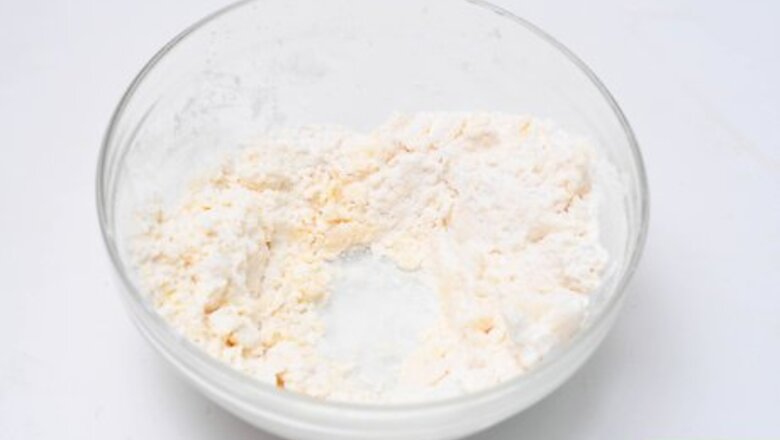
views
Bread Recipes with Yeast
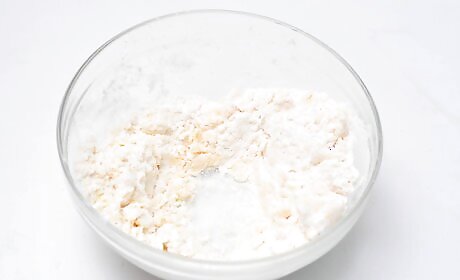
Decrease the amount of white flour in the recipe. You may need to use up to 1/4 less flour than the recipe calls for because flour loses moisture at high altitude which creates a dry-tasting finished product. You'll know there is enough moisture your high altitude bread dough when the mass pulls away from the sides of the bowl. Gradually add flour 1 tbsp. at a time if the batter is too wet or sticky. Your bread dough should be soft and easily handled after re-kneading.
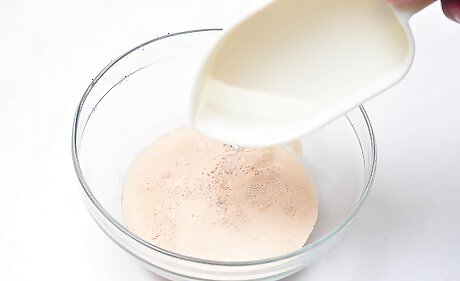
Increase the amount of liquid in the recipe if using wheat or rye flour. Add 1 tbsp. or more than the recipe calls for. These coarse flours lose even more moisture than white flour does at altitude.
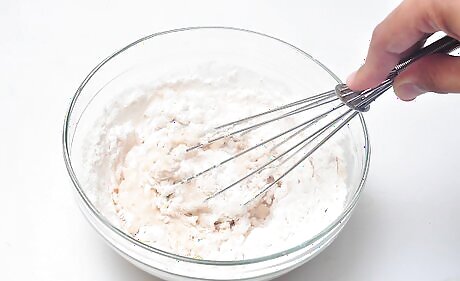
Add additional liquid, 1 tbsp. at a time, if the dough seems to dry. Your dough should be soft, moist and pull away from the sides of the bowl after re-kneading.
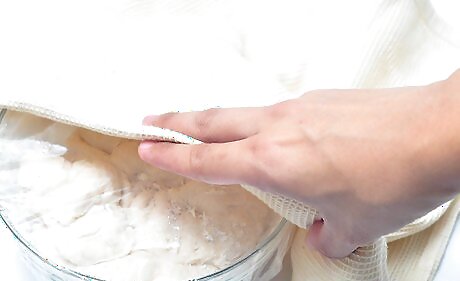
Add an additional rising cycle. Good tasting bread depends on a long, slow rising process but bread dough rises twice as fast in high altitude locations. Bread dough that rises rapidly will have a strong yeast-flavor and a dry texture. For the best flavor, allow enough time for 2 separate rising cycles and never let the dough to grow more than twice its size. Reduce the amount of rising time the recipe calls for by about 15 minutes or until the bread has reached nearly twice its size. Punch down your dough after the first rising cycle is over. Set into a bowl and allow it to rise again but for half the time of the first cycle.
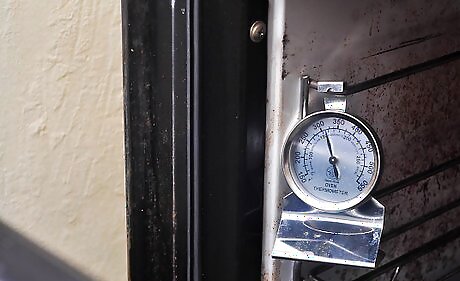
Add 1 degree of baking temperature for every 500 feet (152 m) above sea level. At altitude, heat molecules don't have enough energy inside them which results in a lower boiling point but also makes food take longer to cook. Baking at a higher temperature will set the bread structure quickly and stop dough from rising more.
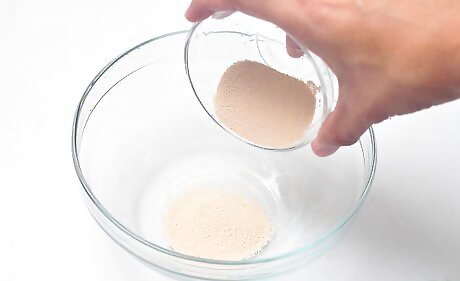
Use less yeast if all other altitude baking adjustments fail to provide firm bread dough that doesn't collapse after rising and baking. Reduce the yeast by 1/8 tsp. to see if you get a firmer bread dough. If you are unhappy with your finished bread, decrease yeast by another 1/8 tsp. each time you attempt the recipe until you are happy with the finished product.
Quick Bread Recipes
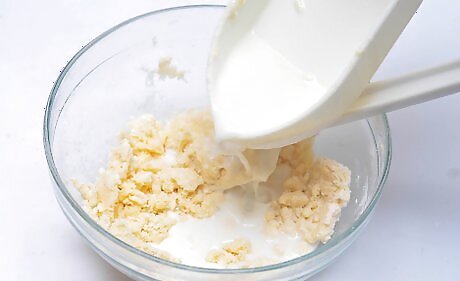
Use more liquid by adding 1 tbsp. of liquid per every 1 cup (236 ml) of flour called for in the recipe.
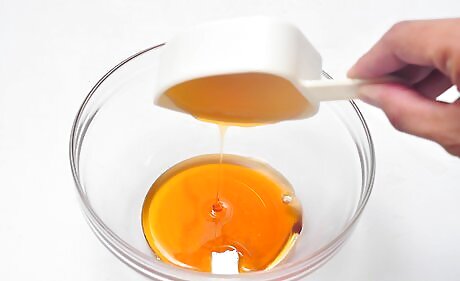
Decrease the amount of sugar by as much as 1/4 of the total amount used in the recipe, since sugar causes flour to become dry.
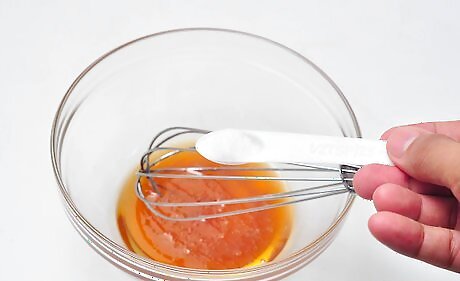
Decrease the baking soda or baking powder if you notice a bitter flavor the first time you attempt a high altitude quick bread recipe. Reduce leavening agents by about 1/8 tsp. each time you make the recipe until you end up with an ideal flavor.




















Comments
0 comment